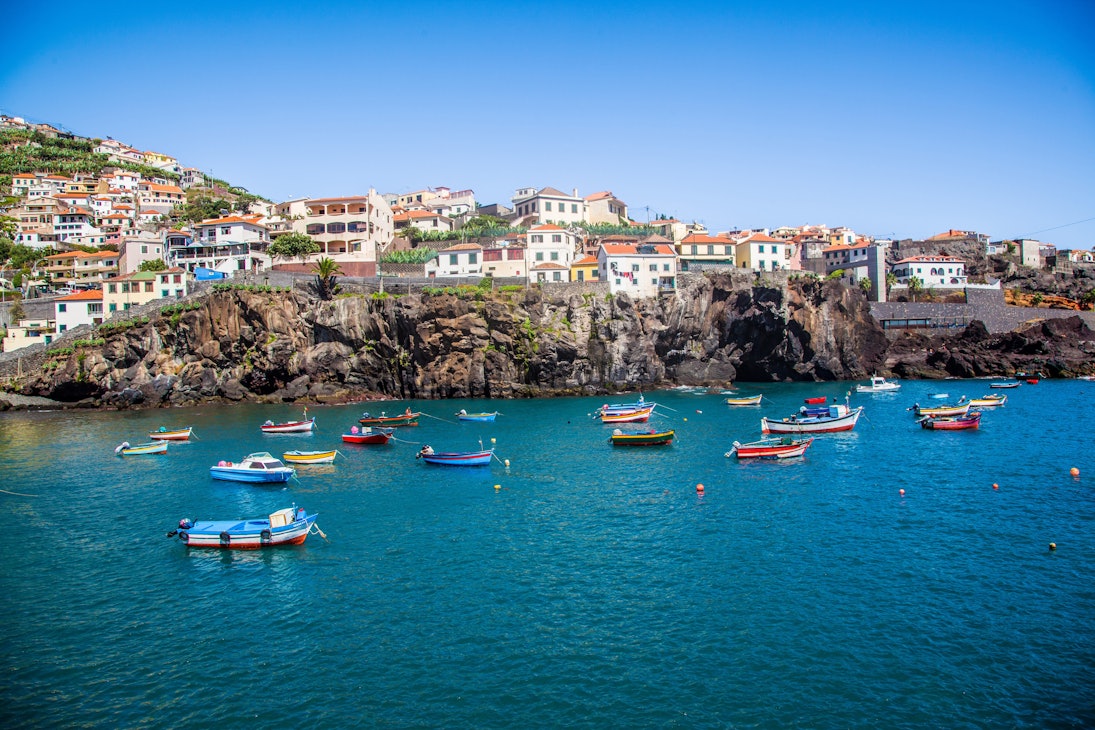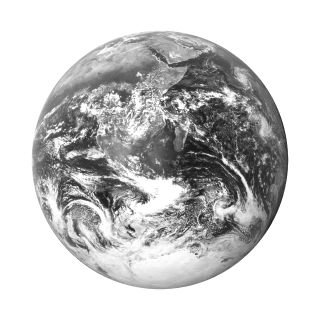
Overview
Geologically dramatic, bursting with exotic colour and warmed year-round by the Atlantic sun, Portugal’s most enchanting island is a place that keeps all its subtropical holiday promises. Pearl of the Atlantic, island of eternal spring…Madeira well deserves its fanciful nicknames and the affection visitors and locals alike feel for this tiny volcanic island that offers so much.
Meet your new travel partner
Stay connected in Madeira
Unlimited data while you travel with Holafly eSIM. Use code LONELYPLANET for an exclusive discount.
Must-see attractions
Planning Tools
Expert guidance to help you plan your trip
Best Things to Do
Discover the top things to do in Madeira including must-see attractions, scenic hikes and local cuisine in this guide to Portugal’s enchanting island.
Read full article
Best Places to Visit
Put off the January blues in 2026 by booking an off-season experience in Europe.
Read full article
Get a book. Get inspired. Get exploring.
in partnership with getyourguide











